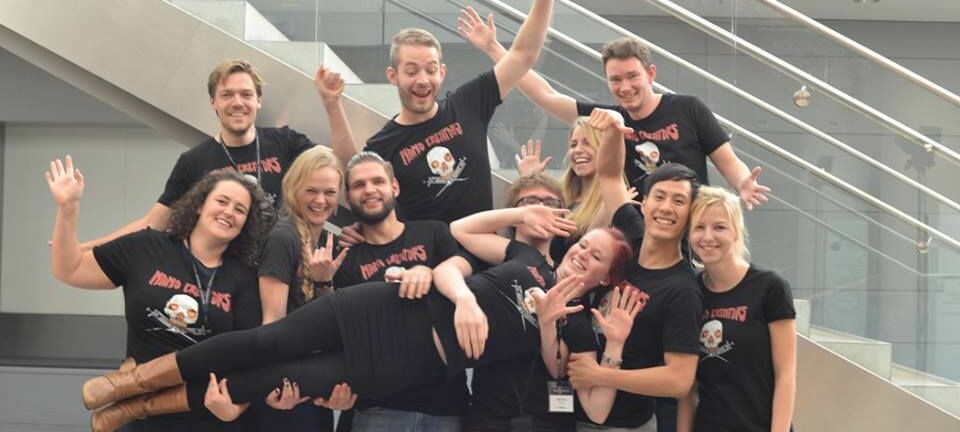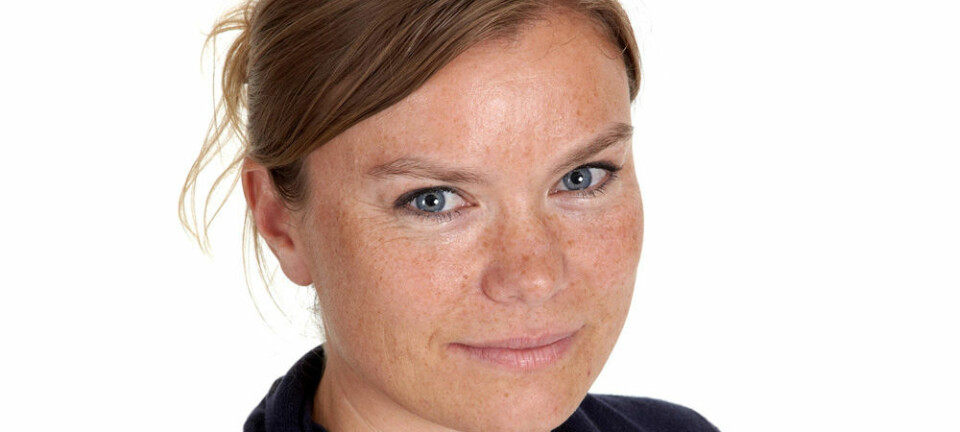
Danish researcher wins ‘mini-Nobel Prize’
A Danish researcher has won a ’mini-Nobel Prize’ for catapulting the medical condition ‘water on the brain’ from oblivion into the spotlight.
‘Water on the brain’, also known as hydrocephalus, is a medical condition where there is an abnormal accumulation of cerebrospinal fluid (CSF) in the cavities of the brain.
There is currently no cure for the condition, and it can have serious consequences for young and old alike.
”We can relieve the symptoms with treatment, but we cannot cure the condition, and not everyone benefits from treatment. This is why our research in this slightly overlooked field is important,” says Marianne Juhler, a professor of experimental neurosurgery at the University of Copenhagen and a consultant surgeon at the Department of Neurosurgery at the Copenhagen University Hospital.
With her research centre, Juhler has placed a such a strong focus on hydrocephalus in infants and elderly people that she has now received what has become known as ‘the Nobel Prize of Neurosurgery’ – the Olivecrona Award (see Factbox).
Treatment is inadequate

The most common symptom in new-born babies is an abnormally large head, and if left untreated, the baby can end up retarded. In elderly people, the condition can lead to dementia; it is often mistaken for age-related dementia and can therefore be misdiagnosed and mistreated.
”Water on the brain is a fairly common condition and has serious consequences for how the brain functions, so there is a lot to gain in terms of the quality of life and the resource drain on society if we get better at treating the condition in infants and the elderly,” says Juhler.
The current treatments merely consist of symptom relief. One form of treatment is to make a hole in the brain cavity system, so that the fluid can be drained out.
Another form of treatment consists of implanting a tube that drains the excess fluid into other body cavities.
There is no way of preventing the water from appearing in the head; doctors can only try to remove it.
“Many complications are associated with these procedures, and the success rates in operations are not impressive,” she says.
Hope for a cure lies in genetics and molecular biology
The big challenge is to know the causes of hydrocephalus and understanding why the condition arises in infants and the elderly.
“If we knew the cause of the condition, we would be much better equipped to prevent or treat it.”
Juhler and her research team are working flat out to come up with a cure. They do this partly through a unique interdisciplinary collaboration. It appears that the best hopes currently lie within the fields of genetics and molecular biology.
“The problem lies in water transport the brain, so if we can find the molecular mechanisms behind water transport in the brain, then perhaps we can also find out what it takes to regulate them with medicine,” she says.
“Molecular biology and genetics are the areas where the new ideas and methods are to be found, so this is where we are currently placing our focus.”
A cure is a question of time and money
Research has already demonstrated that the molecular biological approach can lead to promising results:
Some of the researchers we’re working with have carried out a new study with rats in which they used a pharmacological substance which prevents some of the inflammatory mechanisms that can arise in the membranes surrounding the fluid tracts and thus cause water on the brain.”
By injecting the substance into the rats, the researchers managed to get the rats’ cavity system, which had been greatly expanded as a result of the pressure, to return to normal. The substance thus removed the risk of damage to the rats’ brain function.
”I see this as strong evidence that it is possible to find a medical treatment for water on the brain. This study shows that it is possible with animals. The question, then, is whether it works in humans, too,” says Juhler.
She believes a medical treatment would be very good news for the patients, as surgical intervention is currently the only way to relieve the patients’ suffering.
“If we can find a medical treatment, that would give doctors the opportunity to combine several treatment processes and achieve a more specialised approach.”
Unique research centre
In 2002, Juhler co-founded the Copenhagen CSF Study Group, which focuses on research into cerebrospinal fluid disorders.
The group, headed by Professor Juhler, has made its mark internationally, and it is no small part the group’s work that won Juhler the prestigious Olivecrona Award.
”Only few researchers study this condition from the perspective of molecular biology, genetics and epidemiology, since many have believed that the condition should be treated with surgical intervention,” says Juhler.
The Danish research centre is unique in that it has many active research branches running at the same time, and many of these branches are in the world elite in terms of modern research methods and technologies.
Professor Juhler received the Olivecrona Award on 6 December in Stockholm, Sweden.
---------------------------
Read the Danish version of this article at videnskab.dk
Translated by: Dann Vinther










